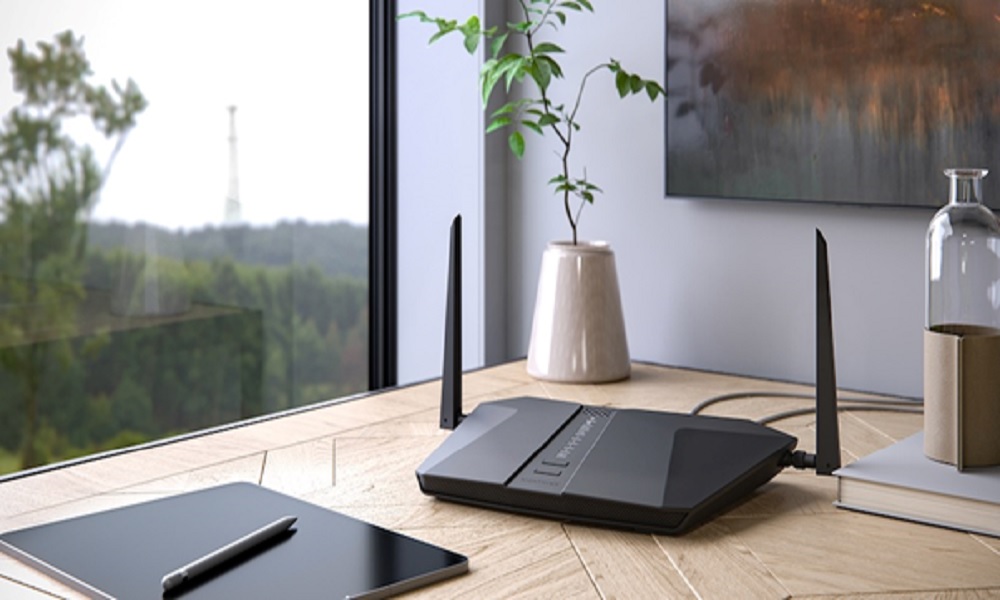Industrial routers are one of the most reliable internet devices for businesses to utilise. Cost-efficient, easy to use, highly compatible and with more connectivity, there is a reason why businesses across Australia incorporate this awesome technology at their locations.
So, what are some important pieces of information to know about 4G routers, and why should you consider enlisting long-term evolution (LTE) for your business? There are many things that make make LTE a highly valuable element of workplace technology, as well as a few things worth knowing for when you enlist it at your office:
LTE is based in carrier aggregation
A quality 4G WiFi router enlists carrier aggregation when operating. With these networks, carriers have the ability to broadcast across various frequency bands, ensuring that carriers can transport information to a device like a 4G router through a single “aggregated data pipe” but to numerous network bands at the same time.
Conversely, typical LTE technology only has limited capacity, one in which devices can only enlist a single frequency band at the one time even with multiple frequency bands available. Such conventional networks might experience either too little or too much traffic at the same time, meaning their quality-of-service (QoS) could be negatively impacted or even the device could be under-utilised.
It has improved QoS
LTE enlists a highly efficient packet scheduling protocol that allows carriers to handle radio frequency resources with greater ease. Essentially, these data packets transmitted throughout the network can reach their intended point utilising more effective routes, and there’s a lower likelihood that the information will be lost in transmission.
Network providers can utilise these radio spectrum resources and better allocate them across the internet network. This means that they can intelligently choose which users connect through frequency bands whilst enhancing the capacity and efficiency despite a finite spectrum. This also means that companies can trust wireless networks to create and utilise greater bandwidth applications whilst enjoying greater access to software and cloud capacities.
It is a highly reliable solution
For businesses, reliability is key. Thankfully, LTE allows enhanced connectivity across multiple frequency bands that switch bands in a few milliseconds. Furthermore, even if a band happens to drop out, the technology stays connected via the aggregated data pipe’s second band. This ensures enhanced connectivity for even the toughest applications.
Carriers utilise small cells & LTE to accommodate data demand
Although mobile recognises traditional LTE, there is the risk of radio spectrum interference in highly populated areas like urban conurbations and large crowds. With the demand for data growing so rapidly, it’s imperative for cellular carriers to deploy small-cell radio access nodes in highly-populated areas. They contain a short range but help to decrease congestion and increase network capacity.
It is highly reliable in remote spaces
This technology is perfect for businesses operating outside of usual internet networks and cannot receive cable or ADSL technology. It can be further enhanced using antennas, ensuring that it can be used in areas where typical internet coverage is lacking. This makes it a favourite choice for many companies operating in Australia’s rural areas, where they need top quality internet but cannot access it through other means.
It’s truly reliable for Australian businesses
As you can see, this highly efficient technology can ensure your business is able to operate at full capacity with high quality internet. LTE technology remains one of the most reliable and, consequently, sought-after technologies available for Australian businesses, ensuring they can utilise carrier aggregation and LTE technology to better handle difficult applications in the most reliable way.

